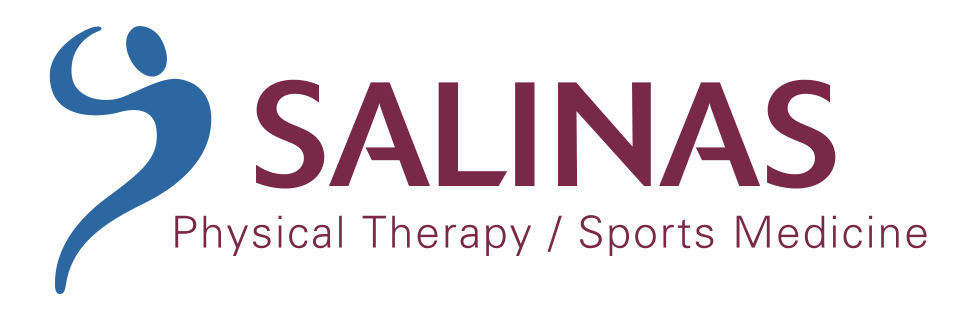Phone: (714) 695-1566
Fax: (714) 695-1553
Email: info@salinaspt.com
23655 Via Del Rio, Suite C
Yorba Linda, CA 92887

Phone: (714) 695-1566
Fax: (714) 695-1553
Email: info@salinaspt.com
23655 Via Del Rio, Suite C
Yorba Linda, CA 92887

During a time when people are growing more skeptical and concerned about the use of prescription pain medications, a recent study gives hope to the 80 percent of Americans who will experience back pain at some point in their lives
The study, published by Health Services Research in May of 2018, found that those who first consulted with a physical therapist about their low back pain were 89 percent less likely to receive an opioid prescription.
Such a finding only reinforces the multiple other medical studies that exist which point to role exercise and physical therapy play in successfully treating and preventing back pain.
“If there were a pill out there that could reduce your risk of future episodes of back pain by 30 percent, I’d probably be seeing ads on television every night,” said Dr. Tim Carey, an internist at the University of North Carolina, in an interview with NPR. Carey wrote an accompanying commentary in the journal.
Eight of 10 people in the U.S. will experience back pain at some point in their lives, according to the National Institutes of Health, with 25 percent of the population having had low-back pain in the last three months.
“It’s a universal experience,” said Chris Maher, a health researcher and former physical therapist at the University of Sydney in Australia. “You’d be a really uncommon person never to have had an episode of back pain.”
Back pain accounts for 10 percent of primary care physician visits and $86 billion in health care spending annually – but that number doesn’t have to be so high.
A 2015 study published in BMC Health Services, a health care journal, says many of these costs associated with acute, non-specific back pain can be reduced by up to 60 percent when the patient sees a physical therapist early.
Another study published the following year in JAMA (Journal of American Medical Association) Internal Medicine, found that exercise reduced the risk of repeated low-back pain by between 25 and 40 percent.
“Physical therapy as the starting point of care in your back pain episode can have significant positive implications,” said John D. Childs, PT, PhD, a researcher in the study. “Receiving physical therapy treatment that adheres to practice guidelines even furthers that benefit.”
In contrast, those who followed a different path than physical therapy – one that began with a referral to medical images (e.g., an MRI) – have increased odds of receiving more expensive treatments such as injections and even surgery, according to another 2015 study.
Are these more expensive treatment options – from MRIs to surgery – worth the extra cost? Some studies say no, instead showing that physical therapy can be just as effective as surgery in the treatment of come common back ailments.
For instance:
Lumbar Spinal Stenosis: A recent study published in the April 2015 edition of Annals of Internal Medicine states lumber spinal stenosis (the narrowing of the open spaces within the spine) can be treated just as successfully with physical therapy as with surgery – and with 15 percent fewer complications.
Degenerative Disk Disease (DDD): A 2013 study conducted at Thomas Jefferson University Hospital found that patients who perused surgical options to treat degenerative disk disease (the breaking down of disks in the spine that affects 3 million people each year) did not experience greater outcomes in pain, disability and health status as those who opted for physical therapy.
“This is important research because it provides even more evidence that physical therapy is a less costly alternative to medication, surgery, and other invasive medical procedures,” said Nancy While, PT, DPT, the American Physical Therapy Association’s (APTA) executive vice president of professional affairs. “Not only do patients benefit from the improved outcomes resulting from an active approach to care, society benefits from the reduced financial burden on our health care system.”